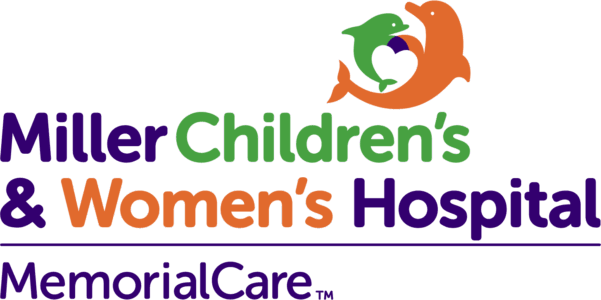By: Melanie Blumenthal, M.D., pediatrician, Craniofacial Program, Stramski Children’s Developmental Center, Miller Children’s & Women’s Hospital
Each July, Cleft and Craniofacial Awareness & Prevention Month shines a spotlight on children born with craniofacial conditions, including cleft lip and cleft palate. Craniofacial anomalies affect the structure of a child’s head and face and can significantly impact feeding, speech, hearing, and dental development. Raising awareness of these conditions helps families connect with early, specialized care that can lead to life-changing outcomes.
A cleft lip is an opening in the upper lip. A cleft palate is an opening in the roof of the mouth. Clefts are the result of incomplete development of the lip or palate during the very early stages of pregnancy. The majority of clefts appear to be due to genetic or environmental factors, though there is no known cause in many cases. About 2,320 babies are born in the United States each year with a cleft lip and palate, and 3,560 babies are born with a cleft lip with or without cleft palate. Cleft lip, with or without cleft palate, occurs in approximately one in 700 infants born worldwide each year.
The Craniofacial Program within the Stramski Children’s Developmental Center at Miller Children’s & Women’s Hospital provides comprehensive, team-based care for children with these and other craniofacial differences. As an approved California Children’s Services (CCS) Special Care Center (SCC), the Craniofacial Program ensures that a specially designed multidisciplinary care team coordinates patient care based on their medical diagnosis and the complexity of their disease.
A dedicated craniofacial care team supports each child and family from infancy through young adulthood, up to age 21. The team includes plastic and maxillofacial surgeons, neurosurgeons, otolaryngologists, pediatric dentists, orthodontists, feeding specialists, speech-language pathologists, audiologists, psychologists, social workers, and a nurse coordinator. This collaborative approach ensures that every child receives a personalized treatment plan tailored to their unique medical and developmental needs.
Babies born with a cleft will need surgery to ensure they thrive. Children with a cleft may have trouble eating, breathing, speaking, and hearing. Treatments vary. A baby’s cleft lip repair surgery may be done in coordination with ear surgery to remove fluid from the middle ear and improve/restore hearing. Children with more complicated craniofacial syndromes may need numerous surgeries throughout infancy, childhood, and young adulthood.
Through the Cherese Mari Laulhere Children’s Village, children receive extensive follow-up care to monitor their progress and to support their development. Feeding specialists and speech-language pathologists provide targeted interventions to support children’s growth and speech. Psychologists and social workers offer counseling and support to help families cope with the emotional and social challenges of cleft lip and palate, including self-esteem issues, bullying, developmental concerns, and the stress experienced by parents and siblings.
Additionally, through Miller Children’s & Women’s partnership with the Children’s Dental Health Clinicand community orthodontists, patients receive care from pediatric dentists and orthodontists, ensuring early dental hygiene education and orthodontic treatments to maintain oral health and functional integrity of patients’ teeth and jaws.
By offering a comprehensive range of services, from surgical interventions to speech therapy and psychosocial support, the craniofacial care team ensures that each child receives individualized care tailored to their unique needs.


